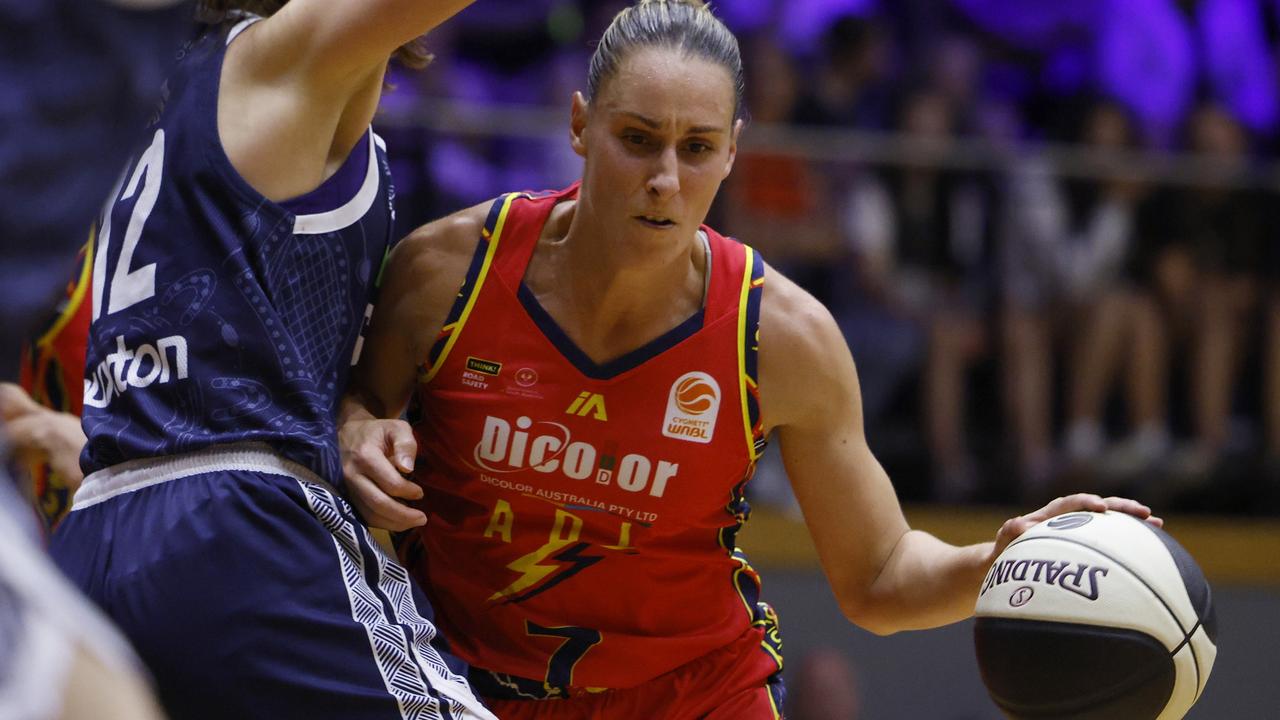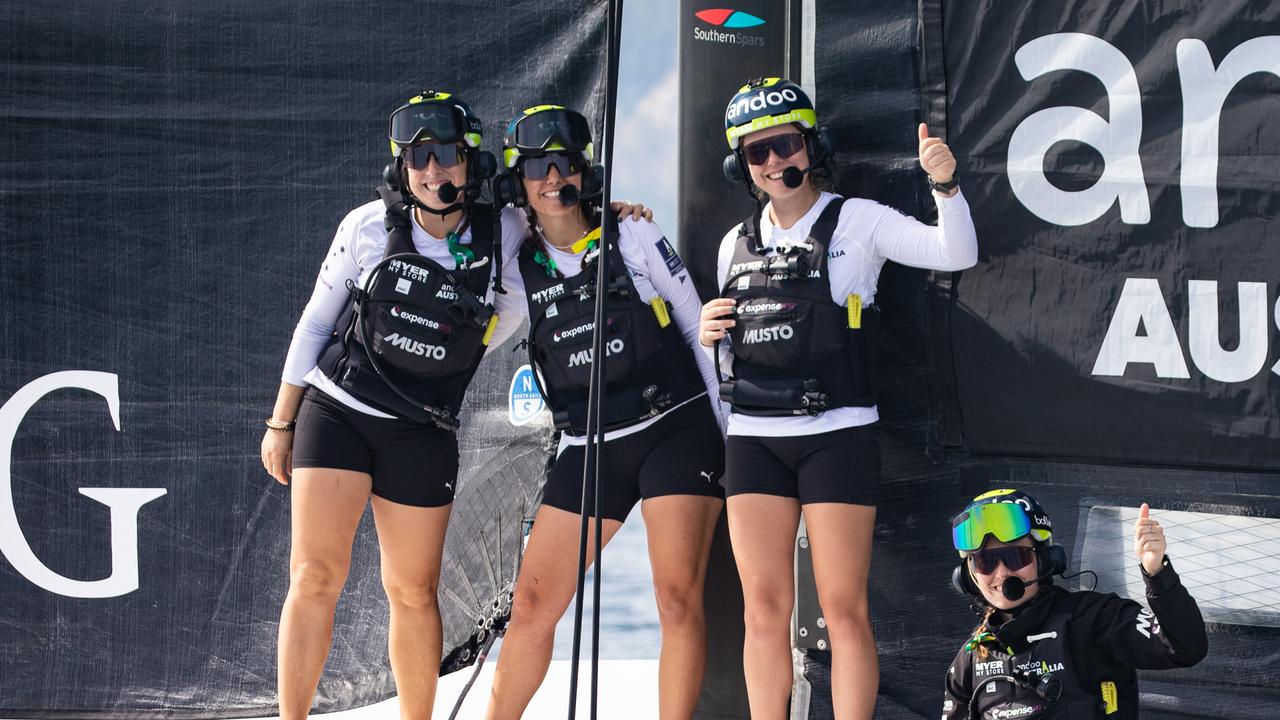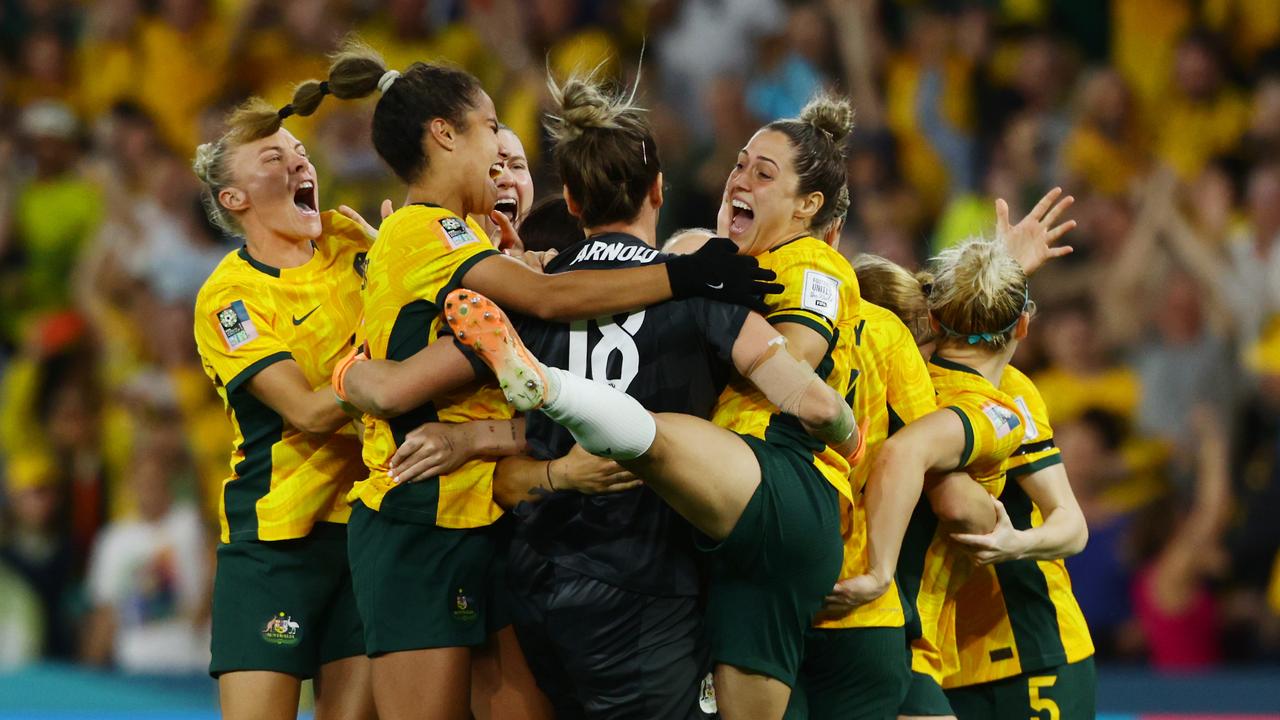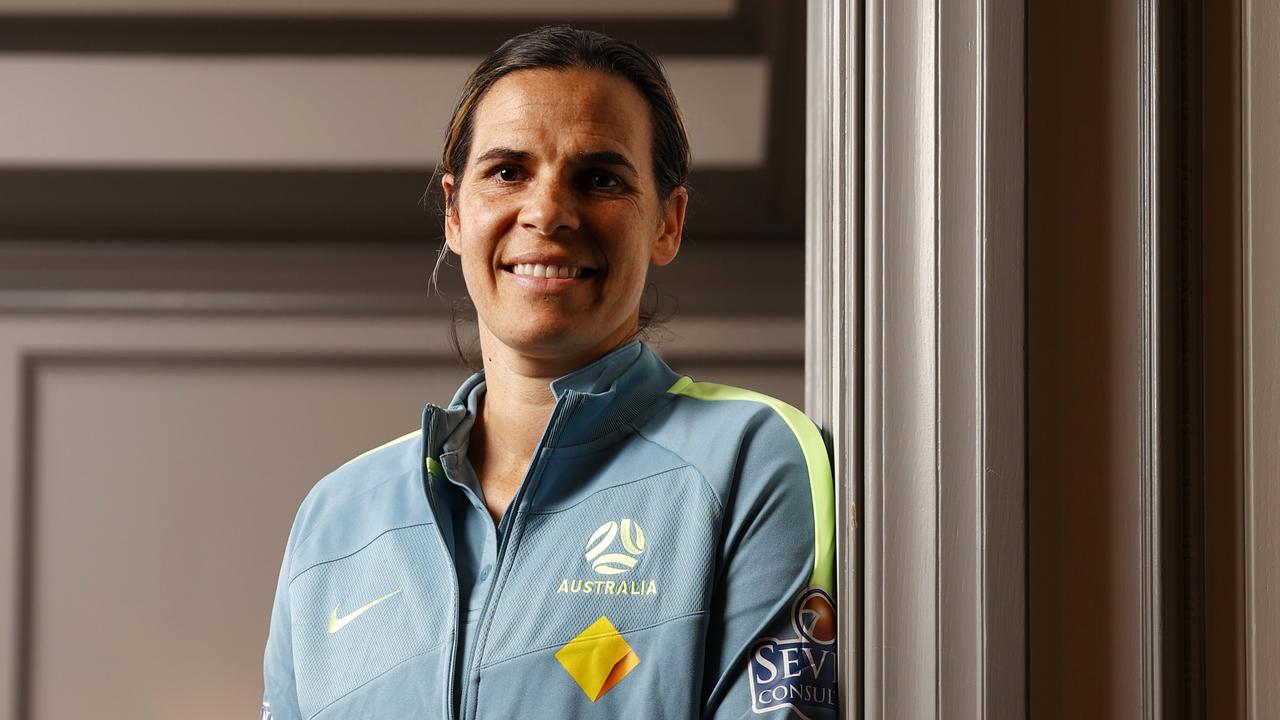Swimming Australia adopt new approach to athlete body issues, guidelines released
Australian swimming’s historic body shaming issues have forced a policy overhaul that the sport’s governing body says will safeguard swimmers for decades to come.
Insight
Don't miss out on the headlines from Insight. Followed categories will be added to My News.
Swimming Australia will release its Disordered Eating Prevention and Management Guidelines on Thursday after more than two years of research and feedback including harrowing tales from some of the top athletes in the sport.
Working with experts in the field, nutrition lead Ali Disher and the sport’s general manager of high performance Greg Shaw helped Swimming Australia develop a set of guidelines around disordered eating (DE) and eating disorders (EDs) for all members of the swimming community.
While the sport’s recent review into the treatment of women and girls uncovered harrowing stories, some of which were highlighted by the foundation issue of News Corp’s Insight Sport this week, the guidelines are not a kneejerk reaction.
“Even though we (knew) everyone would think we only started this as a reactionary project, we started this before the panel recommendations came out,” Disher said.
“We started it before a lot of the things came up in the media even a couple of years ago and it was very challenging for us to stick to our course and not get ahead of ourselves.
“There were times where the system was saying, hey, you need to pump this out sooner, and we dug our heels in a bit and said no, we’re doing this the right way because if we are fast and loose about it, it doesn’t hold.
“We really need this to be embedded and be long lasting and be a legacy and we’ve really ticked every due diligence box along the way to get this right for the swimmers coming through in 10 years’ time.”
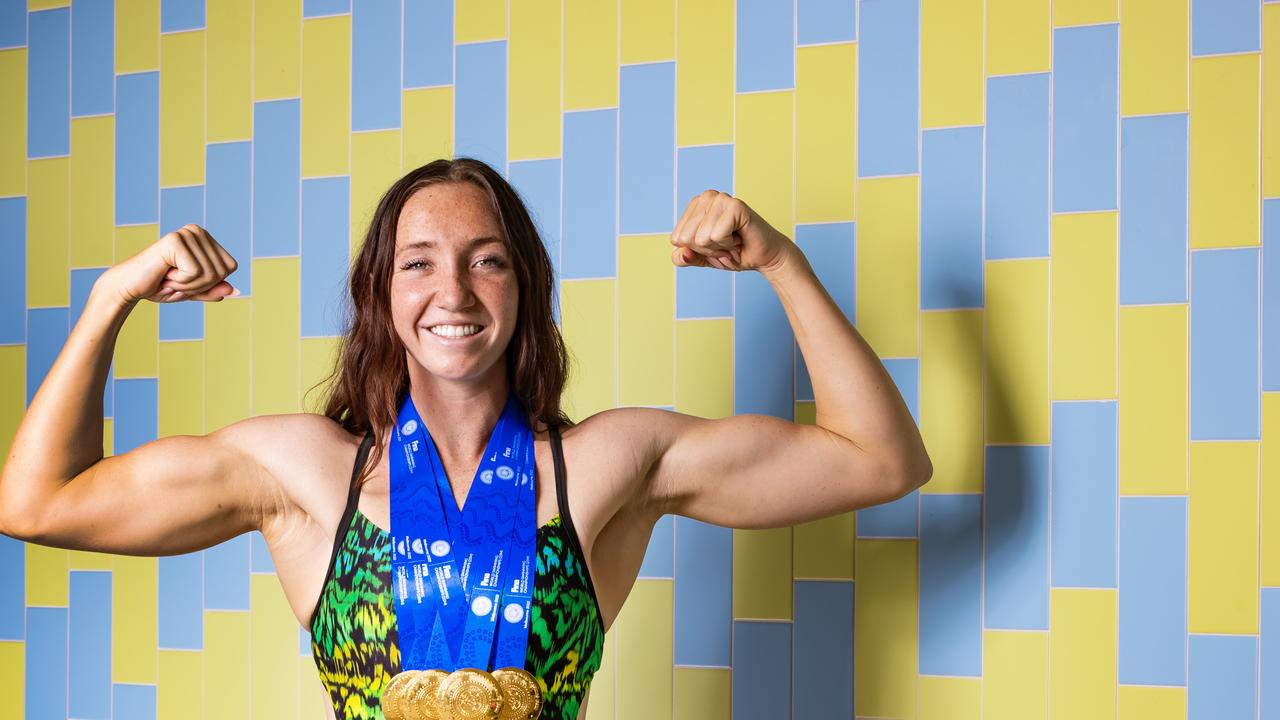
Insight Sport this week revealed world shortcourse champion Lani Pallister’s decision to make a submission to the review after comments from high performance staff suggesting she lose 4kg triggered an eating disorder than crippled her bid to make the Tokyo Olympic team, while Paralympic champion Ellie Cole told of how aggressive skinfold targets while at the Australian Institute of Sport led to her own cycle of disordered eating.
Their stories are part of what Olympic champion Libby Trickett labelled a spiral of shame – a cycle the sport is desperate to help its current and future swimmers at all levels avoid.
Confidential feedback from swimmers was collected as part of the project and their voices have been heard in formulating guidelines Swimming Australia described as an “important and significant step for the sport”.
They provide clear strategies for all in the broader swimming community – from elite athletes and coaches to parents, carers and support staff – to follow to ensure all can train and compete in a low-risk and supported environment.
But Shaw acknowledged the guidelines themselves were of little use unless they were founded in lessons from past experiences and designed to help practices evolve.
“We can do all these things around cancelling or removing measurement of physique and body composition but the real things that make a difference are everyday environments and the language we use,” Shaw said.
“So although you may have removed the outcome measure, the way people behave and talk and address you … has far greater impact on people’s experience in performance and also in sport than the direct conversations about those topics.
“We’re looking at how we can try and influence the system better than just putting out policies and information on our website.”
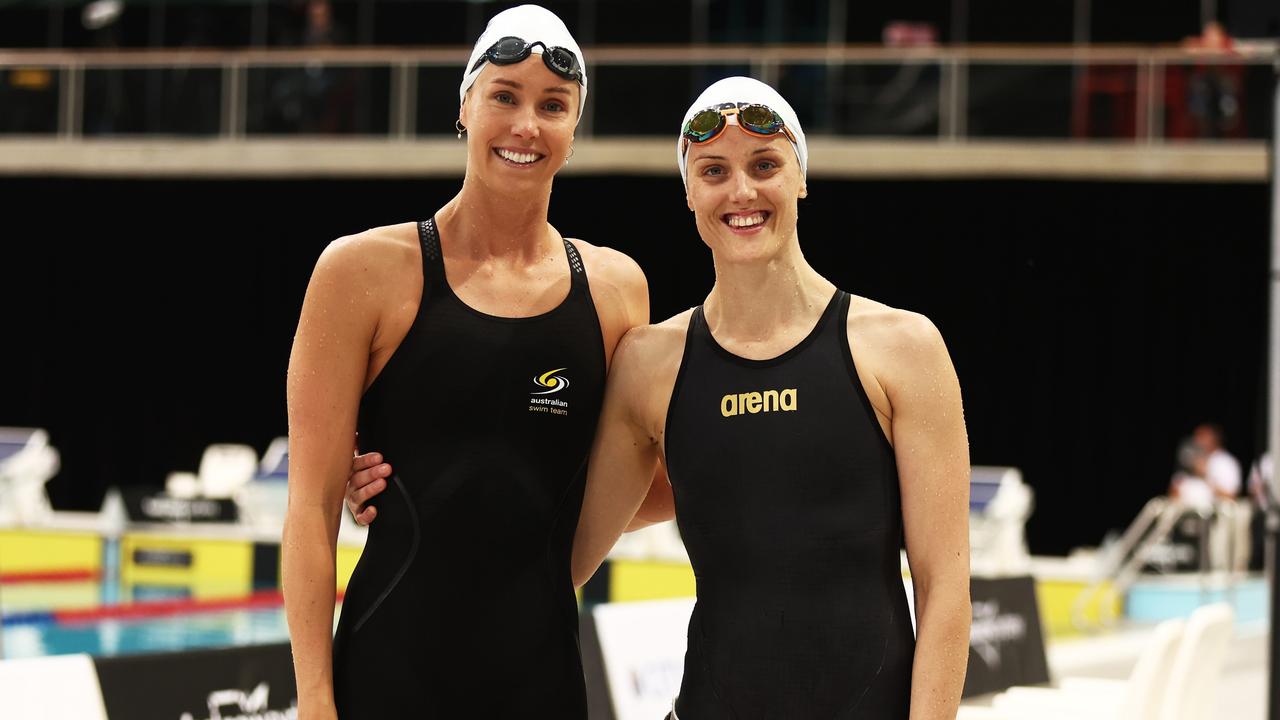
In conjunction with the Disordered Eating Prevention and Management Guide, Swimming Australia has also been developing a best practice guide for supportive environments to measure and monitor body composition, set for launch on March 1.
This guide will provide coaches, parents, carers and support staff with strategies for
optimising a swimmer’s wellbeing through conversations focused on building confidence and
promoting a healthy and positive body image, as well as assisting conversations that are
non-judgemental, and health and performance oriented.
More Coverage
Originally published as Swimming Australia adopt new approach to athlete body issues, guidelines released




